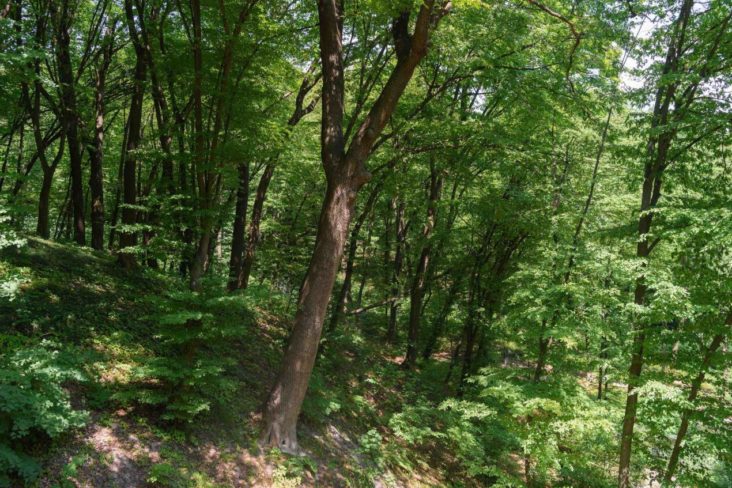Ghaba: Miyawaki Forests Can Grow In Deserts With Breathable Sand

Dake Rechsand, a Dubai-based company offering sustainable solutions in water conservation and desert farming, has announced its ambitious plan to develop green cover in deserts using the innovative Miyawaki forest model and the company’s ground-breaking technology: Breathable Sand. Dake Rechsand has partnered with management consulting firm Investment Hub for a presentation, where sustainability advocates, thematic investors, and CSR-focused companies will be offered an opportunity to be part of a potential green revolution in the Middle East.
Developed by renowned Japanese botanist Akira Miyawaki, the eponymous model revolves around the regeneration of forests through shrubs, trees, and canopy layers; using a methodical approach involving soil analysis, resource analysis, and maintenance plan for the short term. Following successful implementation, practitioners can achieve a green cover that is 30 times denser and grows 10 times faster than a typical meadow.
In addition, a matured Miyawaki forest boasts high survival rates, and can harbour 18 times more biodiversity, compared to the average achieved using conventional methods. These figures have been substantiated by more than 3,000 real-world instances of forests grown globally, using the Miyawaki model. However, due to arid climate, desert conditions, soil salinity, and water scarcity in the Middle East, this model was not considered feasible in the region; but this was before the emergence of Breathable Sand.
The water-retentive properties of Dake Rechsand’s Breathable Sand reduce irrigation requirements for optimal plant growth, by nearly 80%, when compared to conventional practices. At the same time, its air-permeability ensures sufficient oxygenation of roots; optimizing nutrient supply, and reducing the amount of fertilizer used. In fact, Breathable Sand has been used to successfully green around 2,000 square kilometers, in one of the world’s most arid and hot deserts, in China.
Commenting on the upcoming presentation, and the possibilities it can enable in the Middle East, Chandra Dake, CEO and Founder of Dake Rechsand, said, “The Miyawaki model holds the answers to some of the pressing issues in the Middle East, and the world at large. It will enable the sustainable expansion of green cover at a scale previously unimaginable. And, in doing so, it will make a massive contribution to offsetting GHG emissions, and addressing climate change. Our goal for this year is to plant 200,000 trees, and follow up with another two million trees by 2022. With increased investor participation and multi-stakeholder engagement, we can scale up to ten million trees, which will have a profound effect on regional and global sustainability parameters”.
The impact of a fully-matured Miyawaki forest is as follows:
- It has the potential to reduce local temperature by two degrees Celsius
- It can result in a noise reduction of 10dB
- A forest cover in an area of 5,000 square meters with 15,000 plants can absorb 300-350 tons of CO2 per year
- The CO2 absorption is 30 times compared to monoculture plantation, hence more lucrative for carbon trading
Roy Malmberg, Founder of Investment Hub, said: “Dake Rechsand’s “Ghaba” drive, using the Miyawaki model, is an attractive alternative investment avenue, which has great long-term growth prospects. Investors have an option to buy the assets, retain direct ownership, generate carbon credits, and rake in returns; or diversify their holdings over time. With a rising ESG focus refashioning the portfolios of a rapidly growing segment of investors, this presentation is a particularly timely event, for the market”.
The investor presentation, titled ‘Ghaba: Miyawaki Forests can grow in deserts with Breathable Sand’, is scheduled for Wednesday, September 8, at 18:00 CET. For more details, and to RSVP for the live webinar, click here.



